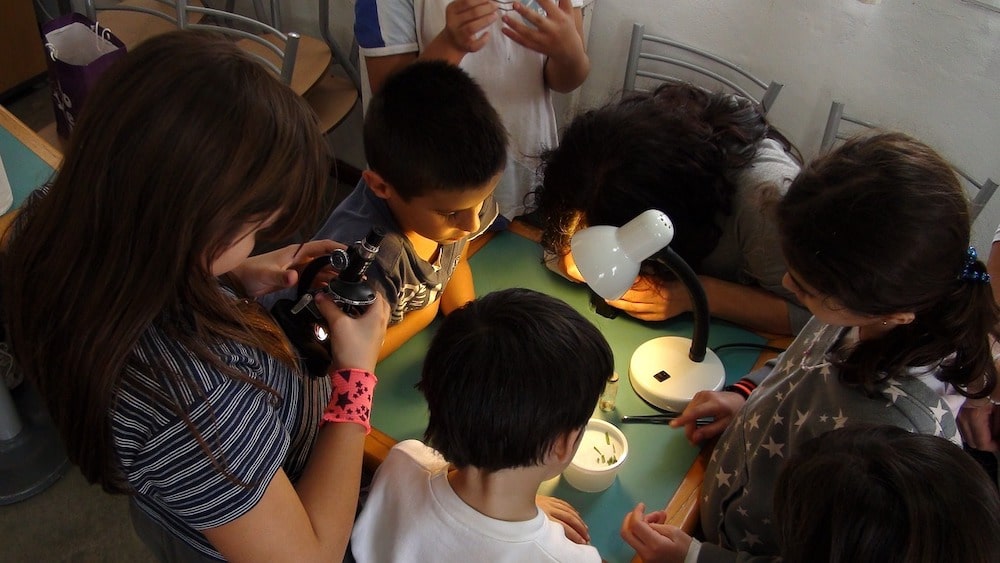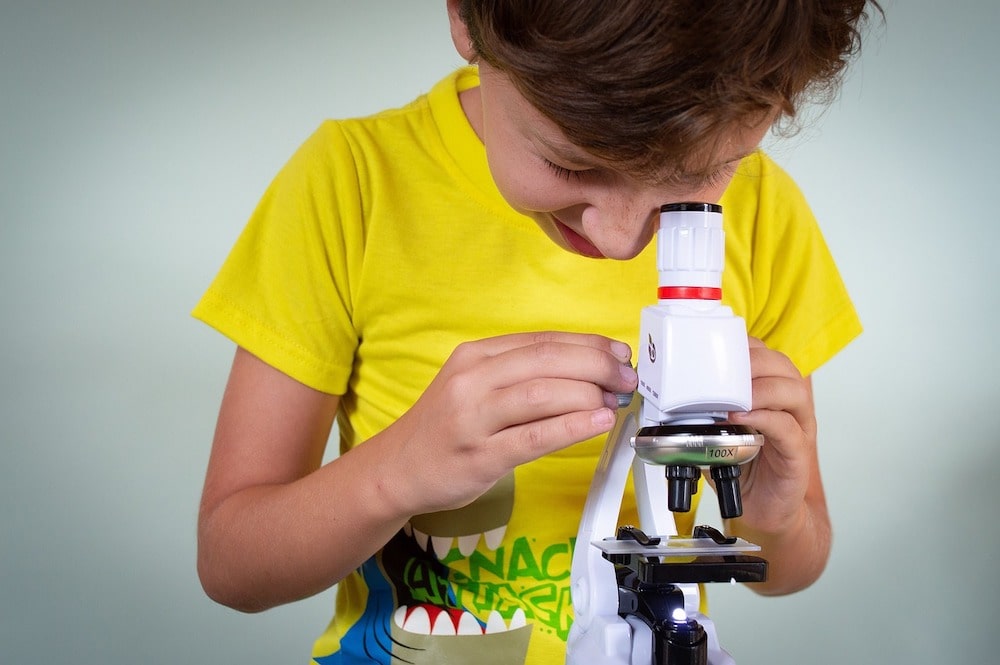Don’t just tell your kids about the rocks and dirt outside, but rather show them! Geology is a fascinating science, and studying it can be great fun for kids of all ages. Here are some activities and experiments that your children will love. With these, they’ll be able to learn all about our planet while having a blast!
Cracker Plate Tectonics
Get ready to astound your kids with a cracking demonstration of plate tectonics! This is a sure way to make it interesting to learn how are mountains formed for kids because it encourages them to take part in the process. There’s no better way to teach children than to get their hands a little dirty.
Start by obtaining several round crackers that are approximately the same size and depth. Put several drops of food coloring on each cracker and add a few drops of water to turn the color into the paint. Once you have your ‘canvas’ ready, fill a container halfway with warm water and arrange the crackers in the shape of a tectonic plate.
Allow them to float while they take up the liquid paint, turning into different colored land masses. Agitate the surface of the water and watch as your crackers ‘float’ around each other and collide to show how plates move when there is pressure. Your kids are sure to be fascinated by this simple yet impressive experiment while learning something new!
Build A Volcano
Building a volcano is an exciting and educational science activity that teaches kids about eruptions while also allowing them to be creative. Start by assembling your materials, such as baking soda, vinegar, red food coloring, and a cup or container.
After everything is gathered, create the mountain shape with paper mache or play-doh. When the volcano is finished, add the baking soda to it and then pour vinegar into the top, as this will cause foam and bubbles that simulate a volcanic eruption! If you would like to spice it up even more, add a few drops of red food coloring for excellent visuals. So gather your little scientists and try building your own volcano at home. You’ll both have a blast!
Create A Tornado In A Jar
Watching a tornado in action can be both awe-inspiring and terrifying, but with a little science know-how, you can create your very own at home! The fantastic thing about creating a ‘tornado in a jar’ is that it’s perfect for all ages, from kindergarten to adults!
All it takes are supplies. These are the following:
- two jars
- dish soap
- water
- glitter to really make the process sparkle.
There’s no difficult setup. Simply fill one jar with enough water to cover the bottom, add some food coloring or glitter if desired, and place the top jar over it so that they fit snugly. Now swirl the jars together in a circular motion and behold just like magic, you have your very own mini tornado inside!
Conduct An Erosion Experiment
An erosion experiment can provide an exciting and informative way to explore the effects of water on different materials. To begin, you’ll need a few items, including sand or soil, rocks, glass beads of various sizes, and some containers filled with water.
For this experiment, have kids observe how rocks and other objects react when exposed to moving water. They’ll be amazed at what they discover by seeing which materials stay in place and which are carried away with the flow!
Teach Them Crystal Growing
Learning about crystals can be a fun, fascinating experience for the whole family! Growing your own is an enjoyable activity that makes science approachable and exciting. You can find crystal growing kits relatively easily online or in stores, and all it takes is just a few ingredients to get started.
After setting up the solution, children will eagerly await watching their “magic” rocks grow in size and shape over the course of weeks or even months! Watching the different stages of crystal growth is an incredible way for kids to learn about chemistry and physics, as well as see how patience pays off with tangible results.
Build A Terrarium
 A terrarium is one of the nicest-looking handcrafts you can create with your kids. Not only will this give them the opportunity to use their hands-on skills, but it can also help teach them about concepts such as the water cycle, air circulation, sunlight needs for plants, and how ecosystems work.
A terrarium is one of the nicest-looking handcrafts you can create with your kids. Not only will this give them the opportunity to use their hands-on skills, but it can also help teach them about concepts such as the water cycle, air circulation, sunlight needs for plants, and how ecosystems work.
For a fun twist, you can add a few mini-figures to the terrarium, or set up a faux waterfall with creative white stones. Just be sure to pick terrarium-safe plants like terrarium ferns or succulents that don’t need frequent watering.
With a little planning and preparation, you can turn your kitchen into a laboratory for all kinds of miniature science activities and experiments. These six are sure to be a hit with your children, whether they’re budding young scientists or just looking for a fun way to spend an afternoon. Who knows? Maybe one of these activities will inspire them to pursue a career in science!

